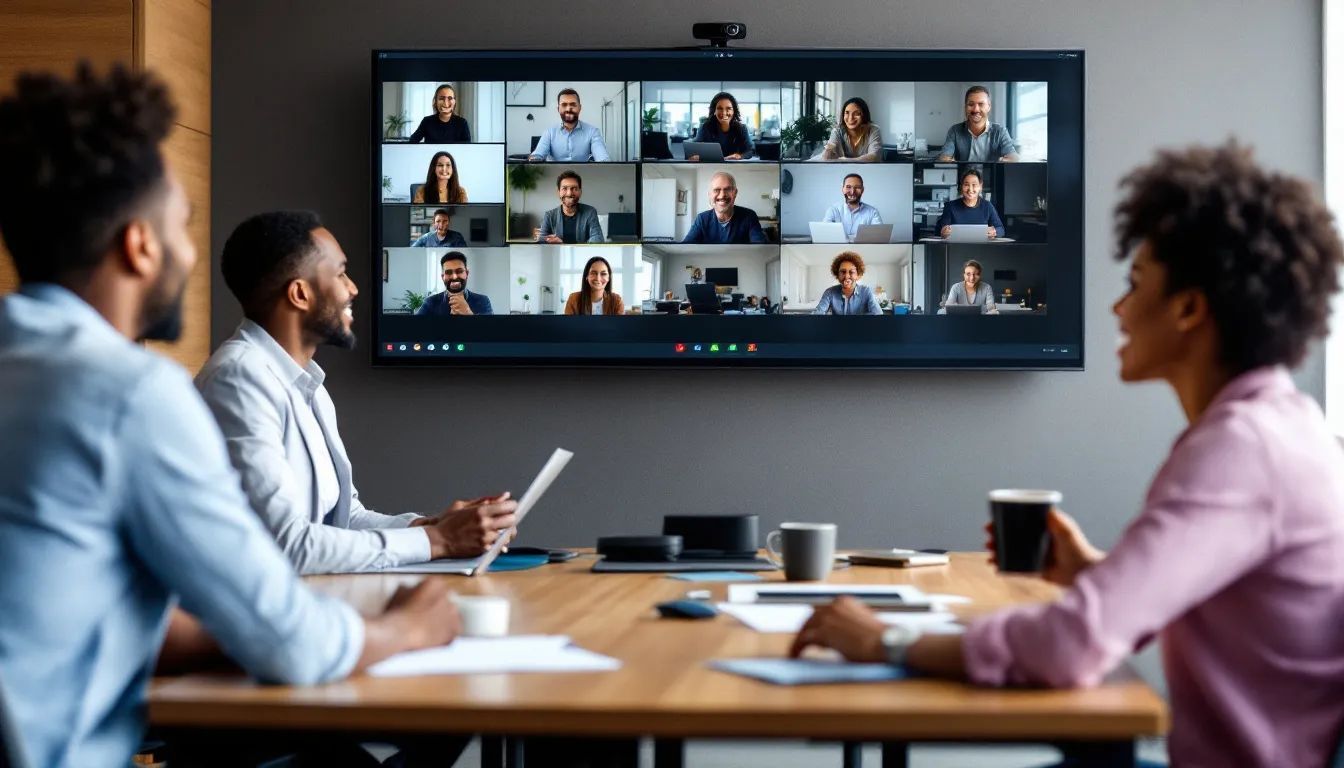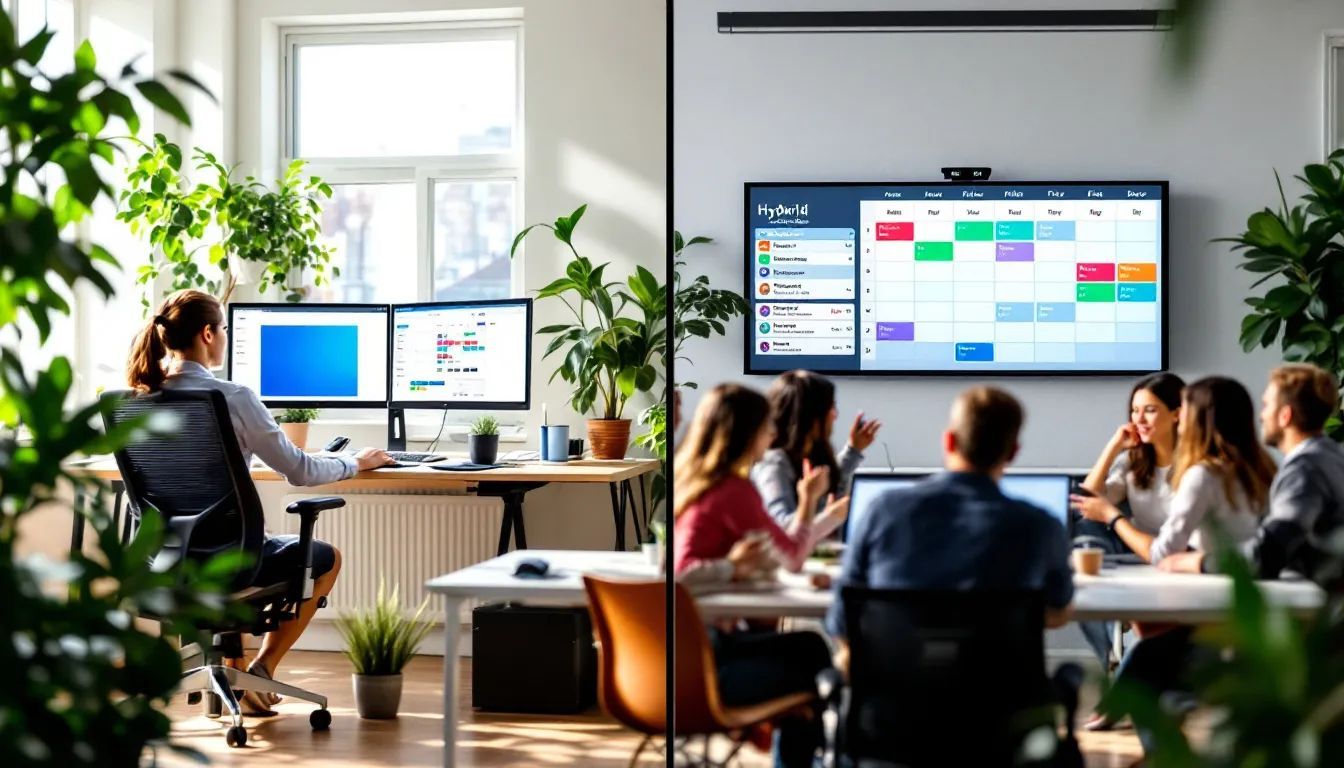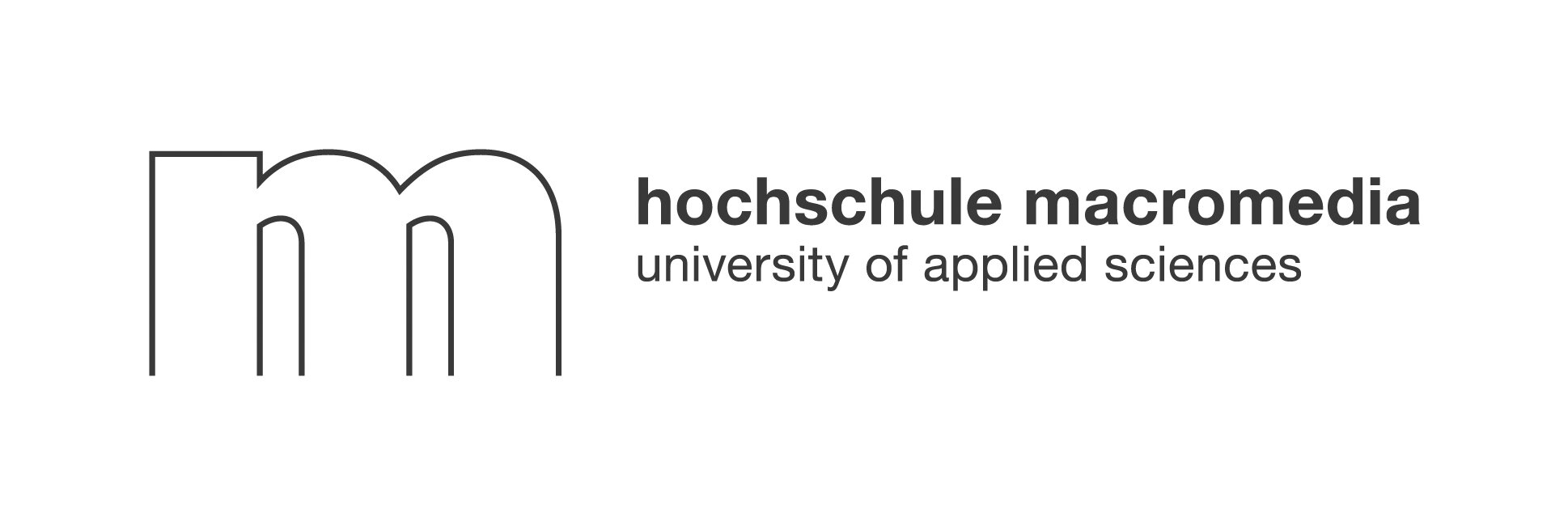Hybrid work is more than a trend—it's a seismic shift in how organizations operate and how people live. As millions navigate the balance of in-office and remote days, the question is no longer whether hybrid work is here to stay, but how to make it truly work for everyone. This guide unpacks the most effective hybrid work best practices, blending research-backed strategies with forward-thinking solutions like Neroia’s AI-driven platform for organic employee connection. Whether you're a leader, HR professional, or team member, these insights will help you thrive—anywhere.
The Rise of Hybrid Work and Why It Matters
The Economic and Societal Shift Toward Flexibility
Hybrid work emerged from necessity but has endured by choice. According to Stanford research, before 2020, only about 5% of U.S. employees worked remotely part-time. That number soared to 60% during the pandemic and now holds steady around 25% (source: Stanford Online). This isn't just a workplace experiment; it's a reflection of changing expectations about how, where, and when work happens.
Why the shift? The answer lies in flexibility. Hybrid work models allow employees to blend focused, solo tasks at home with collaborative, creative sessions in the office. This flexibility supports diverse lifestyles, reduces commuting stress, and enables organizations to tap into a broader talent pool.
Key Benefits for Organizations and Employees
The benefits of hybrid work are clear and well-documented:
- Increased job satisfaction: Employees who split their time between home and office report higher happiness and engagement (Harvard Business School).
- Productivity gains: Cutting commute time frees up hours for deep work and personal well-being.
- Cost savings: Companies can reduce office space while attracting talent from wider geographies.
- Stronger work-life boundaries: Employees can better manage family and personal demands.
“Hybrid work enables stronger work-life boundaries. Employees who spend 2-3 days a week in the office reap the social and psychological benefits of in-person socializing and mentoring while cutting down on soul-crushing commutes.”
— Nicholas Bloom, Stanford Institute for Economic Policy Research
Setting Clear Schedules and Boundaries

Hybrid Work Best Practices for Time Management
One of the most important hybrid work best practices is establishing and respecting clear schedules. Without a commute or visible office cues, it's easy for work to bleed into personal time. Setting defined working hours—and sticking to them—helps prevent burnout and ensures accountability.
- Set daily start and end times: Use digital calendars to mark your working hours and communicate them to your team.
- Schedule regular breaks: Short walks, lunch breaks, and screen-free moments refresh focus.
- Avoid after-hours communication: Unless urgent, save emails and messages for the next workday.
Crafting Anchor Days Versus Flex Days
Many organizations designate specific anchor days when everyone is expected in the office. These days are ideal for team meetings, brainstorming, and social connection. Flex days, on the other hand, allow for remote work and deep focus.
A typical hybrid schedule might look like this:
This approach creates predictability and maximizes the strengths of both environments.
Designing Meetings That Work in Two Places at Once
Default to Digital Inclusivity
Hybrid meetings can be tricky. One common pitfall is the in-room advantage, where remote participants feel sidelined. To avoid this, always provide a digital link (Zoom, Teams) for every meeting—regardless of how many people are in the office. Make digital participation the norm, not the exception.
- Cameras on: Encourage (but don't mandate) video to build trust and engagement.
- Equal speaking time: Use facilitation tools or round-robin check-ins to ensure all voices are heard.
- Shared documents: Collaborate in real time using cloud-based tools.
Technology and Room Setup Essentials
A seamless hybrid meeting experience relies on the right tools and setup:
- Reliable internet: Both in-office and remote participants need strong connections.
- Quality audio and video: Invest in microphones, cameras, and screens that capture the room and remote faces.
- Room layout: Arrange seating so in-person and remote attendees can see and hear each other clearly.
“Always provide a Zoom/Teams link. Rather than keeping track of everyone's days on and off campus, include a Zoom link and a physical location for all meetings.”
— Harvard Law School Human Resources
Communication Rituals That Keep Everyone Aligned
Choosing the Right Channels for Urgency
Hybrid work best practices hinge on intentional communication. With people spread across locations, clarity about channels is essential. For example:
- Instant messaging (Teams, Slack): For urgent or quick questions.
- Email: For detailed updates or less time-sensitive information.
- Phone/video calls: For complex discussions or sensitive topics.
Teams should discuss and document their preferred channels for different scenarios to eliminate confusion.
Establishing Responsiveness Norms
Agree on expectations for response times. For example, Slack messages might expect a reply within an hour, while emails can wait until the end of the day. This prevents misunderstandings and reduces pressure to be always on.
Regular check-ins—whether daily standups or weekly team huddles—keep everyone in sync. Even a quick five-minute virtual pop-in can maintain connection and clarity.
Building Culture, Connection, and Wellbeing
Preventing Burnout Across Locations
Hybrid work offers flexibility, but it can also blur the line between work and rest. Leaders must watch for signs of burnout, such as withdrawal or decreased productivity, and encourage regular time off.
Recognition is a powerful antidote to burnout. Small gestures—like a thank-you message or a shout-out in a team chat—go a long way.
Recognition and Social Rituals That Translate Online
Traditional company-organized engagement efforts, such as large all-hands events or rigid team-building exercises, often fall short in hybrid settings. These formats can feel forced, exclude remote workers, and fail to spark genuine connection.
This is where Neroia’s vision stands apart. Neroia’s AI-driven platform curates micro-events—like yoga sessions, cycling meetups, or cultural exchanges—tailored to employees’ interests and schedules. By orchestrating small groups (typically 3-4 participants), Neroia breaks down silos and enables authentic, informal interactions.
“The true challenge of hybrid is how to build relationships. What’s often missing is the ability to form personal connections outside of the agenda.”
— Carolyn Dugan, Model N
Neroia’s AI chat features make coordinating these micro-events effortless, ensuring everyone—regardless of location—can participate in experiences that resonate with them. This approach fosters inclusion, boosts engagement, and supports holistic well-being.
Equipping People with the Right Tools and Workspaces
Home Office Ergonomics and Stipend Policies
A productive hybrid environment starts with the basics: a comfortable, ergonomic home office. Companies can support this by offering stipends for desks, chairs, and tech accessories. Good lighting, a dedicated workspace, and a professional video background are essential for focus and video calls.
- Desk and ergonomic chair: Prevent posture problems.
- Noise-cancelling headphones: Block distractions.
- Adjustable lighting: Enhance video quality and reduce eye strain.
Security and Device Management Guidelines
With work happening everywhere, robust security is non-negotiable. Best practices include:
- Use of company devices: Limit work to employer-provided laptops and phones for security.
- VPN and encryption: Protect sensitive data on public networks.
- Regular updates: Keep software and antivirus programs current.
Employers should provide clear policies and training on device management and data privacy.
Measuring Success: Performance, Engagement, and Equity
Output-Focused Metrics Over Hours Logged
In a hybrid world, what matters is impact—not time spent at a desk. Leading organizations are shifting to output-based performance metrics:
- Project completion rates
- Quality of work
- Collaboration and innovation
Regular performance reviews, focused on outcomes and contributions, help employees feel valued and motivated.
Feedback Loops and Continuous Improvement
Hybrid work is an evolving journey. Frequent feedback—via surveys, one-on-ones, or group discussions—reveals what’s working and what needs adjustment. Teams should discuss challenges openly and iterate on their processes.
“Talk about what's working and what's not, in real time. Make small adjustments when necessary, and try again. This is an iterative process.”
— Harvard Law School Human Resources
Why Traditional Engagement Fails—and How Neroia Leads the Future

Traditional company engagement efforts, such as annual retreats or generic team-building games, often miss the mark in hybrid settings. These events:
- Are scheduled at inconvenient times, excluding remote staff.
- Rely on large groups, making it hard to form real connections.
- Feel artificial, lacking personalization and spontaneity.
Neroia’s AI-driven platform revolutionizes this approach. By analyzing anonymized data on employee interests and schedules, Neroia recommends micro-events that fit naturally into diverse work patterns. For example, an OHB pilot at a global company used Neroia to coordinate yoga sessions and company runs, bringing together colleagues who might never otherwise meet.
Key advantages of Neroia’s approach:
- Effortless discovery: AI matches employees with activities they’ll genuinely enjoy.
- Inclusive participation: Events are small, flexible, and accessible to all—onsite and remote.
- Organic connection: Micro-events foster informal, authentic relationships.
- Privacy and security: Data is anonymized, and the platform operates as a closed community.
- Seamless integration: Works alongside existing HR programs and external resources.
“Neroia’s platform enables employees to effortlessly discover and join micro-events that fit their interests and schedules, breaking down barriers and building real connections—no matter where they work.”
Bullet List: Top 5 Hybrid Work Best Practices
- Set clear schedules and boundaries for both office and remote days.
- Default to digital inclusivity in all meetings and communications.
- Choose the right channels for different types of messages and urgency.
- Foster well-being and connection through recognition and social rituals.
- Measure performance by output, not hours, and seek continuous feedback.
Ordered List: Steps to Launch a Hybrid Engagement Program with Neroia
- Assess employee interests and preferred schedules using anonymous surveys.
- Integrate Neroia’s AI-driven platform with your HR systems.
- Promote a variety of micro-events (sports, wellness, cultural) tailored to your workforce.
- Encourage participation by highlighting success stories and making joining effortless.
- Collect feedback, analyze engagement data, and refine event offerings continuously.
Table: Comparing Traditional vs. AI-Driven Engagement in Hybrid Work
Conclusion: Thriving Anywhere with Hybrid Work Best Practices
Hybrid work best practices are not about rigid rules—they’re about empowering people to do their best work, wherever they are. By setting clear boundaries, designing inclusive meetings, communicating intentionally, and investing in well-being, organizations can unlock the full potential of hybrid teams.
Neroia stands at the forefront of this evolution, using AI to foster effortless, authentic connections that traditional approaches simply can’t match. As hybrid work continues to shape the future, platforms like Neroia will be essential for building cultures where everyone thrives—anywhere, together.




